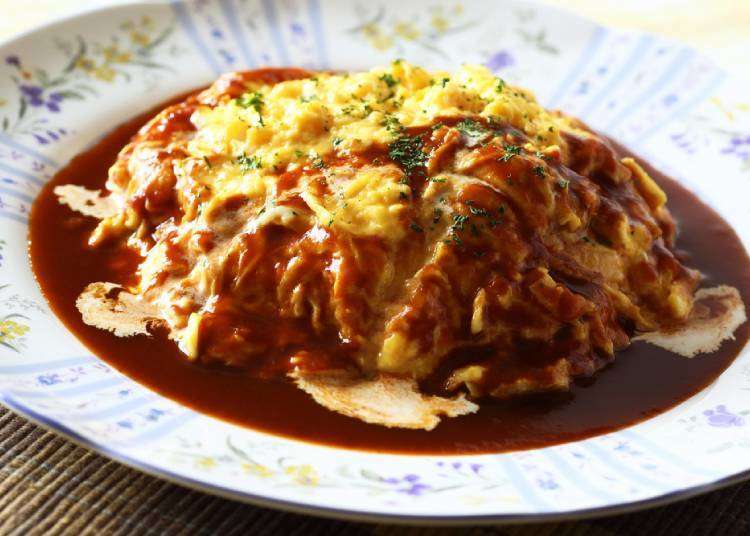
Food culture is influenced by many unique factors, such as the geography, climate, and customs of the area. The originality and delicious taste of the Japanese food we enjoy here every day is recognized by UNESCO as an intangible cultural heritage of the world. You will very often hear even people from overseas voicing their praise: “Japanese food is so good!”
However, amongst those dishes, there are also those that may make you wonder, “Do people really eat that?” or “How do you eat this?” Whenever you travel abroad, you are bound to feel some sort of food culture shock. Raw foods and fermented foods can be pretty surprising to people who are only seeing and tasting them for the first time.
Today I interviewed a Japan-loving woman from America who has lived here for about 3 years. To her, Japanese food was not just delicious, but “much different than she ever imagined” in many other ways. So I wanted to know in what ways it was so different. In what ways was it better, or possibly, worse?
My Favorite Dish Was More Delicious Than I Expected!
1. Sushi
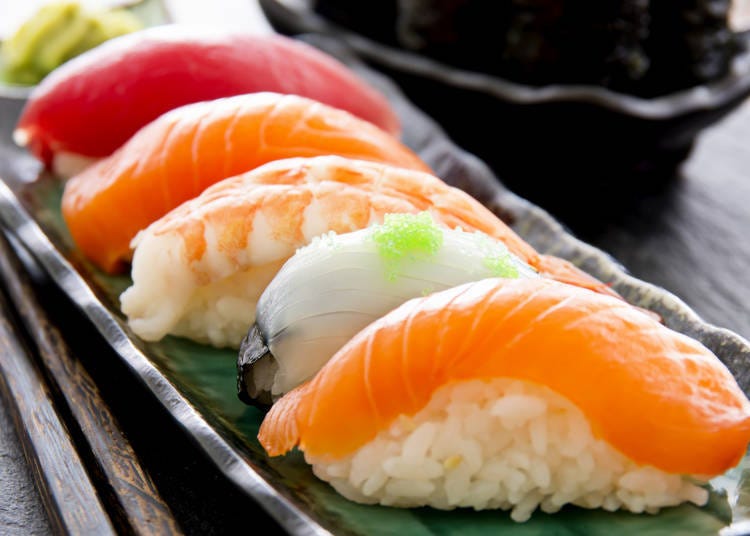
“When I came to Japan and ate sushi here, I was so surprised at the taste! Sure, I’ve eaten sushi in America before, but you could really taste the freshness of the ingredients here!”
It’s no exaggeration to say that sushi is the most popular Japanese dish. As if an official language on its own, sushi is recognized by people in many countries around the world along with Japan. Because of this almost universal recognition, there are a number of sushi shops established overseas as well. This is good if you want to enjoy sushi while staying close to home, however there’s no doubt it will be much different from authentic sushi from Japan. I wonder if it’s because the American continent is too large to use the ingredients while they are still fresh? Regardless, that difference in freshness is clear.
2. Omelet Rice (Omurice)
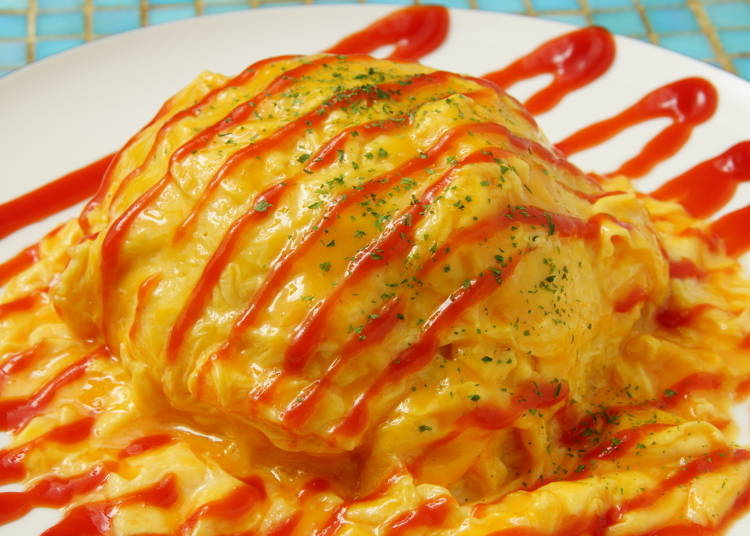
“The first time I’ve ever tried the deliciously soft omelet rice was in Japan. I’ve never seen such a thing in America! I loved it!”
How surprising it must have been to try omelet rice! While not really a “Japanese food,” it is said that omelet rice is one of the most delicious dishes in Japan. Recently, more shops specializing in omelet rice have emerged, and while this delicious fluffy egg dish is instantly recognizable in Japan, it is probably a rare and unusual dish in other countries. In the world of omelet rice, there is an ongoing controversy: “fluffy egg with Demi-glace sauce” or “traditional hard-boiled egg with rice and ketchup.”
3. Yakitori

“The yakitori at the izakaya is so delicious. It’s so easy to eat inexpensive grilled chicken here!”
Yakitori is one of the staple menu items of pubs all across Japan, an easy food for snacking on with one hand while holding your beer in the other. In other countries there are light meal items such as ‘pinchos,’ or kebabs, which are bite-sized pieces pierced with a toothpick, and other light foods eaten on baguettes, but there are not many of these light yet satisfying dishes quite like yakitori. Recently, there have even been “Izakaya Meguri” pub-crawling tours aimed at foreigners, putting more attention on the izakaya culture. Being able to drink as much as you want and try food items from such an extensive menu at such low prices is unique to the izakaya. “Otsumami culture is also something that is unique to Japan, and very interesting.”
4. Japanese Curry
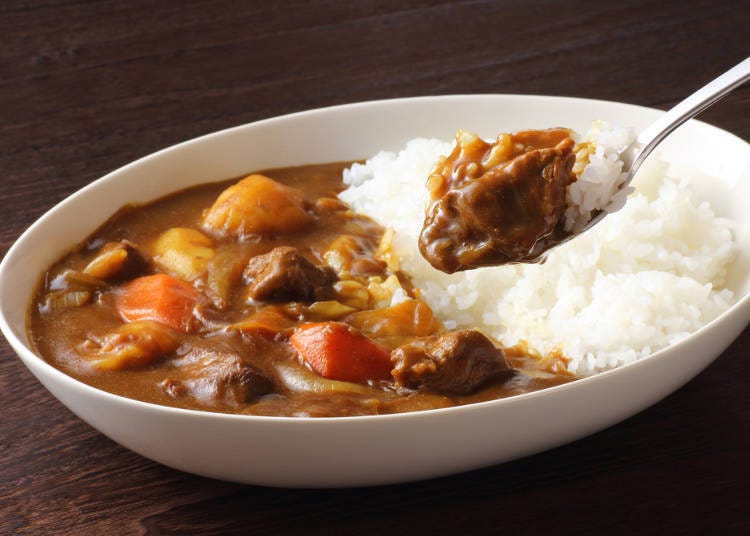
“Japanese curry is so delicious. I like it much more than Indian curry.”
The brown rue is nice and thick. Eaten together with white rice in the Japanese home-style fashion was much more delicious than imagined. In the US, the most common curry is usually the spicy and flavorful Indian curry, so you may be surprised when eating Japanese style curry for the first time. “The curry I ate in Japan was really, really good,” she says, completely fascinated by the Japanese home-cooked meal.
5. Ramen
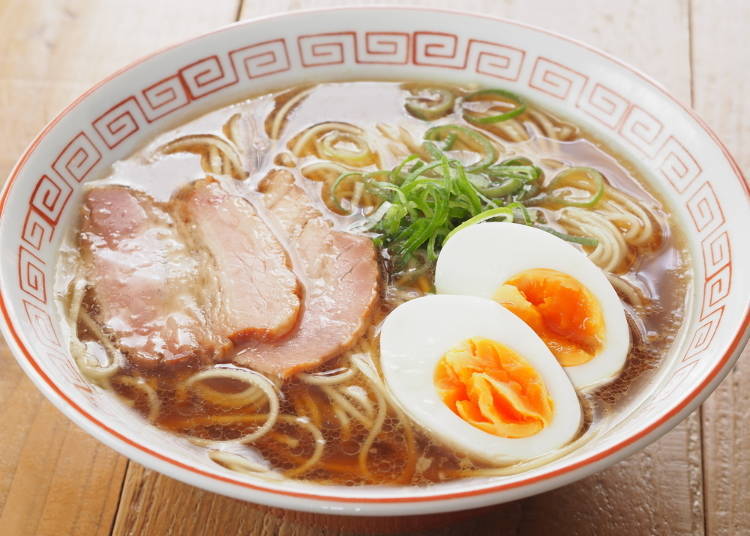
“Japanese ramen tastes so good, no matter where you go, which is impressive. Especially authentic Japanese-run ramen shops, I think those are the most delicious. There are ramen shops in America, too, however they don’t have as much variety.”
Ramen may have the image of a Chinese food, however there is a difference between Japanese and Chinese ramen. And with each shop having their own specialty soups and noodles, and the pork bone, salt, chicken, and vegetables, ramen is practically a culture on its own.
Japanese Foods That Didn’t Quite Meet My Expectations...
6. Natto
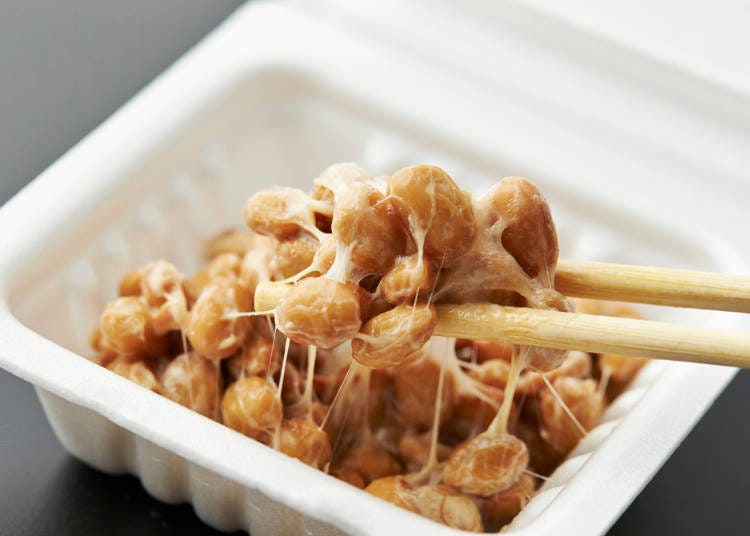
“I don’t understand how this is something to be eaten... (laughs). I definitely can’t. I don’t even want to think about it.”
And now, her rating of natto. Natto is an indispensable part of Japanese food that must be discussed. Even amongst Japanese people you will find those who are not too thrilled with this sticky, pungent dish. However, surprisingly, there are a number of foreigners who can honestly say they enjoy it. Some say they love to eat it with rice, offering a more Japanese reaction than some Japanese people themselves. Natto is just one of many fermented foods in Japan, but being rare in other countries, is still a bit unappreciated in terms of its uniqueness..
7. Raw shirasu
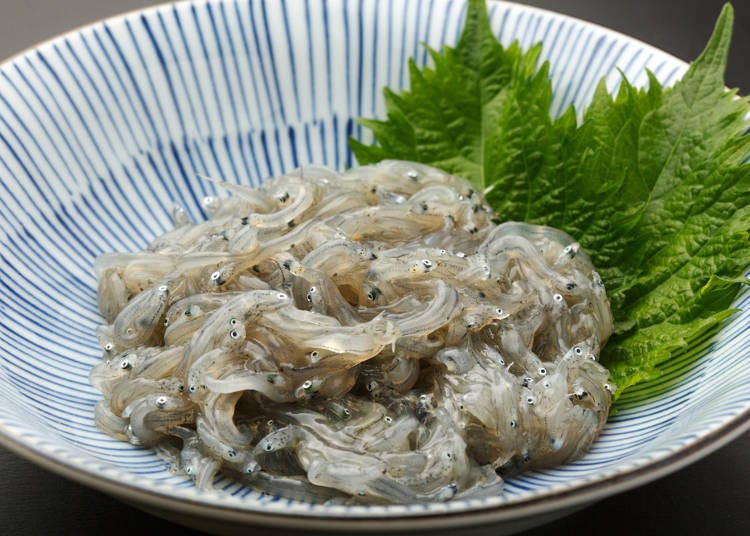
“Japanese people really eat raw shirasu just like that, don’t they? I was surprised, they even eat the eyes... I still don’t think I could eat it. I’m kind of scared to try.”
While there are some foods with unusual appearances, raw shirasu can look a little grotesque to some. Even other small fish such as niboshi, shishamo, and urumeiwashi are eaten in its entirety, down to the head, though there are also some people who don’t. However in Japan, most people don’t bother to remove the head and eyes, so it is most often eaten whole without so much as a thought. To some people, this might be unbelievable, but I guess when I really think about it, it does seem a little cruel...
8. Shirako ponzu
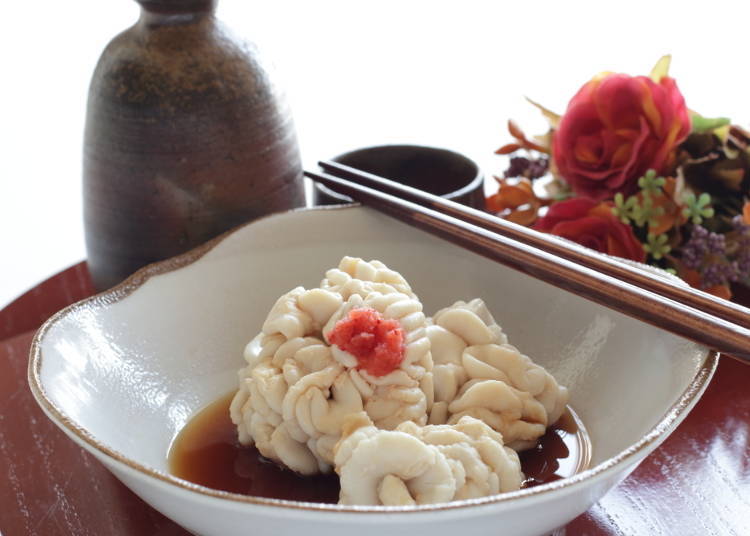
“I was surprised by both its look and its taste. Honestly, I didn’t think it tasted very good. And when I found out exactly what part of the fish it was, I wanted to eat it even less.”
While shirako is a special delicacy of a treat for people in Japan, to those less familiar with it, it can be a little discomforting. The indescribable texture of it as it melts in your mouth is exactly what makes it so delicious, yet it is this very texture that also puts some people off. On top of that, shirako is the actual sperm sack of the male cod. I think it is even harder to eat for some people once they know its true identity.
What do you think? Today’s lineup included different foods that were different from their expectations. Indeed, some of these more cultural Japanese foods may have been a bit harder to accept, such as raw and fermented foods, and foods with unusual ingredients. However, that’s only one part of it, and the overall reaction seems to be that yes, “Japanese food is delicious.” Though there may have been some dishes that didn’t cut it, there were also many favorites. Which leads me to conclude that the biggest positive here is that in Japan, there are way more delicious food than you ca even imagine!
*Prices and options mentioned are subject to change.
*Unless stated otherwise, all prices include tax.
Popular Tours & Activitiess
Recommended places for you
-

Get Ready to Catch 'Em All! First Ever Permanent Outdoor Pokémon Park Opening Near Tokyo!
-

[Extended Offer!](12% OFF KKday Coupon) Mt. Fuji Autumn Leaves, Powder Snow & More! 15 Best Tours to Experience Japan in Fall & Winter
-

Simply Oishii Wagashi School Discover Japanese Culture Through Wagashi: A Hands-On Experience!
by: Guest Contributor
-

A Travel Game Changer! Go Hands-Free Between Tokyo and Kyoto with LUGGAGE EXPRESS by JTB and JR Tokai
by: Guest Contributor
-

Keisei × Keikyu 16-Temple Goshuin Tour: Discover Deeper Tokyo & Yokohama
by: Guest Contributor
-

The Best Japanese Food Representing 2025! 'Dish of the Year®' Annual Award Results Announced
Inspiration for Accommodations
-

Enjoy Mt. Fuji from the Comfort of Your Room! Recommended Ryokan with Mt. Fuji View
-

Stay Near the Cherry Blossoms! Hotels for Cherry Blossom Viewing in Tokyo
-

Family-Friendly Hotels with Free Shuttle to Disneyland: Convenient Access for a Magical Stay
-

Top Ranked Hakone Hotels with Mt. Fuji View: Enjoy Stunning Scenery from Your Private Space
-

Convenient Tokyo Hotels with Airport Shuttle: Ideal for Families and Heavy Luggage
-

Stunning Tokyo Tower View Hotels: Enjoy Spectacular Scenery from Your Private Space
-

Convenient Asakusa Hotels with Kitchens: Ideal for Extended Family Visits
-

Experience Luxury: Hakone's 10 Best Five-Star Accommodations
-

Enjoy Mt. Fuji Autumn Leaves! Top Hotels Near the Popular Autumn Leaves Corridor
-

Experience Hakone Fall Foliage from Your Room with Stunning Views
-

Tokyo Roppongi|Roppongi Station Area Map & Sightseeing Information
-

Tokyo Train Map: Your Essential Guide to Subways and Railways
-

10 Hot New Japanese Sunscreens at Shibuya Loft: UV Protection, Minus the Mess! (2022 version)
-
Ad

Enjoy Tokyo Festival: Beyond 2020 Proves a Hit in Ikebukuro
-

Make Your Tokyo Trip Truly Memorable! 10 Must-Do Things in Asakusa and Ueno
-

Tokyo Roppongi: 5 Most Amazing Spots at Roppongi Hills and How to Make the Best of Them!
- #best ramen tokyo
- #what to buy in ameyoko
- #what to bring to japan
- #new years in tokyo
- #best izakaya shinjuku
- #things to do tokyo
- #japanese nail trends
- #what to do in odaiba
- #onsen tattoo friendly tokyo
- #daiso
- #best sushi ginza
- #japanese convenience store snacks
- #best yakiniku shibuya
- #japanese fashion culture
- #best japanese soft drinks



















